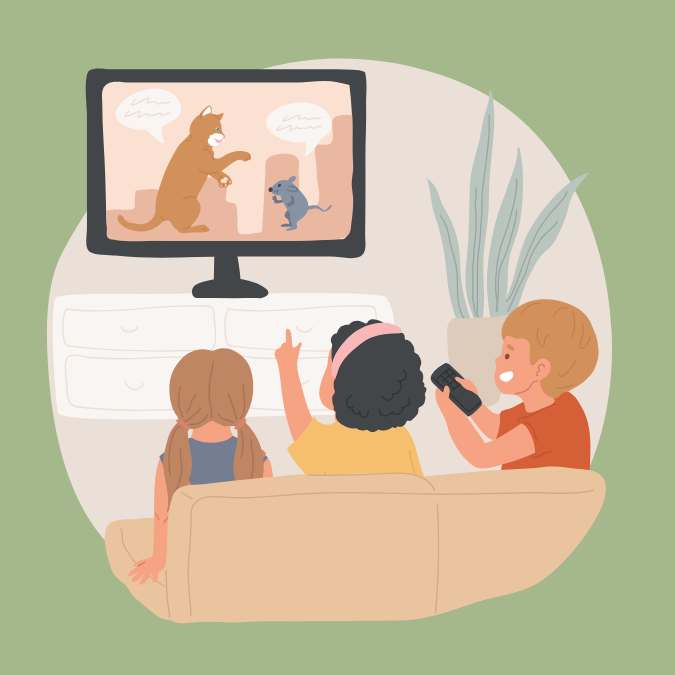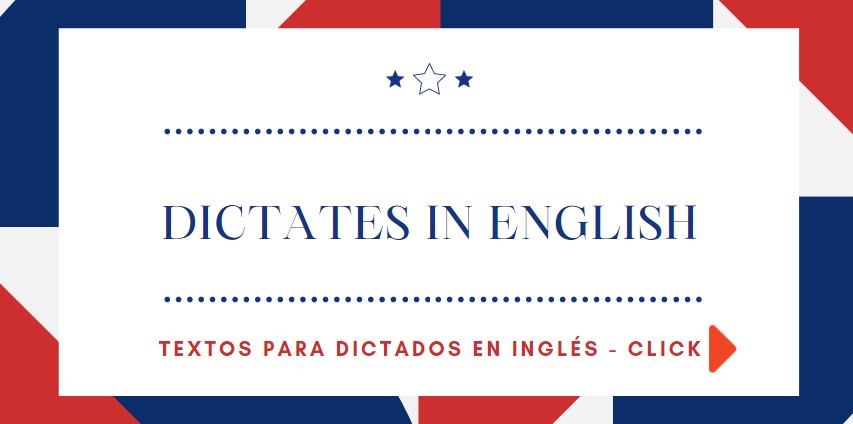
Disturbing Moments in Children’s Movies
For decades, Disney and animated films have been celebrated for their magic, color, and happy endings. They are the childhood companions of millions, filled with songs, laughter, and memorable heroes. But behind the charm and innocence of these movies lies a darker, often unsettling side that has fascinated — and sometimes frightened — audiences for generations.
Many Disney classics and other animated movies contain scenes that are surprisingly disturbing, both emotionally and psychologically. From shocking deaths and nightmarish visuals to eerie transformations and moral darkness, these moments reveal that children’s films are not always as lighthearted as they seem.
This doesn’t make them bad — quite the opposite. It shows that animation has always been capable of exploring fear, loss, and human complexity, often in ways that leave lasting impressions.
Let’s uncover the hidden side of Disney and animation: the moments that shocked, scared, or deeply unsettled viewers — and why they continue to do so today. 👇
Why Scary Moments Exist in Children’s Movies 😱
Before diving into specific examples, it’s worth asking: why do such moments exist at all in films meant for kids?
The answer lies in the origins of storytelling. For centuries, fairy tales — from which many Disney movies are inspired — were not meant to be purely comforting. Stories like Cinderella, Snow White, and Sleeping Beauty were originally grim moral lessons, filled with violence, death, and punishment.
When Disney adapted these tales, he softened them — but not completely. The company’s earliest films, especially from the 1930s to the 1950s, retained elements of darkness because Walt Disney believed that children could handle fear, and that confronting it was a part of growing up.
Fear, when used wisely, helps:
- Teach moral lessons (good vs. evil).
- Build emotional resilience.
- Make the happy ending more meaningful.
Yet, some moments went far beyond mild suspense — entering the realm of the truly disturbing or traumatic.
1. Snow White and the Seven Dwarfs (1937) – The Queen’s Transformation 👑🕷️
Disney’s first full-length animated feature is often remembered for its sweetness — but few scenes in cinema are as nightmarish as the Evil Queen’s transformation into the old hag.
The scene uses flashing lights, thunder, and eerie sound effects. Her face contorts, her laughter turns manic, and her body bends unnaturally. For a generation of young viewers, it was pure horror — more fitting for a gothic movie than a fairy tale.
Even decades later, the Queen’s twisted smile remains one of the most frightening images in animation.
2. Pinocchio (1940) – Pleasure Island’s Transformation 🎭🐴
If you ask adults what scared them most as children, many will instantly mention Pinocchio.
The sequence on Pleasure Island — where naughty boys are turned into donkeys — is a masterclass in psychological horror. The laughter turns to screaming, the boys beg for their mothers, and Pinocchio watches in helpless terror.
It’s a disturbing metaphor for the loss of innocence — a punishment so cruel and graphic that even today, it shocks first-time viewers.
The donkey transformation remains one of the darkest moments ever seen in a children’s film.
3. Bambi (1942) – The Death of Bambi’s Mother 🌲💔
Few scenes in cinematic history are as emotionally devastating as the one where Bambi’s mother is shot by a hunter.
What makes it haunting is not what’s shown, but what’s not shown. We never see the hunter. We only hear the gunshot — then silence — followed by Bambi’s desperate cries in the snow.
It’s a simple scene, yet it captures the brutality of loss more effectively than any graphic depiction could. It’s the moment when many children first experience grief through film, realizing that even in beautiful worlds, tragedy exists.
4. Dumbo (1941) – The Hallucination Scene 🎪🐘
At first, Dumbo seems light and innocent — until the infamous “Pink Elephants on Parade” sequence.
After accidentally getting drunk, Dumbo hallucinates a series of bizarre, shape-shifting elephants in a psychedelic parade. The imagery is abstract, the colors are violent, and the music becomes increasingly disorienting.
This surreal, dreamlike sequence feels more like a LSD nightmare than a children’s movie. Its meaning remains debated — some see it as comic absurdity, others as a metaphor for fear, confusion, or the cruelty of spectacle.
Either way, it’s unforgettable — and deeply weird.
5. Fantasia (1940) – Night on Bald Mountain 🌌🔥
Fantasia was an artistic experiment that mixed classical music with stunning animation. But its finale, Night on Bald Mountain, is nothing short of terrifying.
The massive demon Chernabog rises from the mountain, spreading darkness as he summons ghosts and skeletons to dance in the flames. The combination of music by Modest Mussorgsky and the demonic imagery creates a scene that could come from a horror movie.
It’s a bold reminder that fear and awe can coexist — and that even children’s art can explore the presence of evil in the world.
6. The Fox and the Hound (1981) – The Bear Fight 🦊🐻
This tender story about friendship between a fox and a hound turns unexpectedly violent in its final act.
When Tod and Copper face a massive bear, the animation becomes darker, the music tense, and the violence shocking for a Disney movie. The bear’s growls and the characters’ desperation make the confrontation feel primal and terrifying.
It’s a clear example of how Disney used realism to confront children with life’s dangers, not to scare them, but to make them understand courage and loyalty.
7. The Black Cauldron (1985) – The Horned King’s Resurrection Scene ☠️🔥
Often forgotten, The Black Cauldron is Disney’s darkest animated film. Inspired by Celtic mythology, it’s filled with undead soldiers, black magic, and death.
The Horned King, one of Disney’s scariest villains, literally raises an army of skeletons using the cauldron’s power. His skeletal face, glowing red eyes, and ghastly voice make this scene unforgettable.
Although it failed commercially, it became a cult favorite — precisely because it dared to be frightening, even grotesque.
8. The Lion King (1994) – Mufasa’s Death 🦁☁️
Even in the vibrant, musical world of The Lion King, one moment changes everything: Mufasa’s fall into the stampede.
The scene’s realism, combined with Simba’s desperate attempt to wake his father, makes it one of the most emotionally shattering moments in Disney history.
It’s not just sad — it’s psychologically painful. Children watching it often experience, for the first time, the idea that good people can die unjustly. That emotional honesty is part of why the movie remains timeless.
9. Coraline (2009) – The Button Eyes 🧵👁️
Though not made by Disney, Coraline (from Laika Studios) deserves a special mention. Marketed as a children’s movie, it’s one of the most genuinely disturbing animated films ever made.
When Coraline discovers her “Other Mother” — a creature with buttons sewn into her eyes — the sense of unease skyrockets. The film’s stop-motion style enhances the creepiness, making every movement slightly uncanny.
It’s a perfect example of how animation can explore horror without explicit violence, using imagination to terrify rather than shock.
10. Toy Story 3 (2010) – The Incinerator Scene 🔥🧸
Yes, even Pixar joined the list.
In Toy Story 3, when the toys face certain death in a garbage incinerator, they hold hands and accept their fate. The silence, the glowing flames, and the hopelessness make it one of the most intense scenes Pixar has ever produced.
For adults, it’s a chilling reflection on mortality. For children, it’s the first time they see their beloved heroes confront death directly — and face it with dignity.
It’s one of the rare animated moments that truly transcends age.
The Hidden Lessons Behind the Fear 📖
Why do these disturbing moments stay with us so powerfully? Because they touch on universal truths — fear, loss, and moral struggle.
These scenes, while shocking, serve deeper purposes:
- They teach empathy through sadness or fear.
- They prepare children for real emotions — death, grief, loneliness.
- They remind adults that innocence and darkness can coexist.
Far from being mistakes, these moments prove that Disney and other animation studios understand storytelling at its most profound level. They trust children enough to expose them to complex emotions — not to traumatize them, but to help them grow.
The Beauty of Darkness in Animation 🌑✨
The “hidden side” of Disney isn’t about evil or conspiracy — it’s about artistic honesty. Great stories reflect life, and life includes both joy and pain.
When we revisit these moments as adults, we see their psychological and emotional depth. The darkness gives light its meaning. The fear gives comfort its value.
And that’s what makes Disney — and animation as a whole — so timeless and powerful.
Behind every smile, song, and happy ending, there’s a shadow. But sometimes, that’s where the most important lessons live. 🌹
Sources 📚
- Disney Animation Studios Archives.
- Maltin, Leonard. The Disney Films.
- Barrier, Michael. Hollywood Cartoons: American Animation in Its Golden Age.
- Beck, Jerry. The Animated Movie Guide.
- “The Psychology of Fear in Children’s Cinema,” Journal of Media Studies, 2023.
- Laika Studios, Coraline (2009).
- Pixar Animation Studios, Toy Story 3 (2010).

